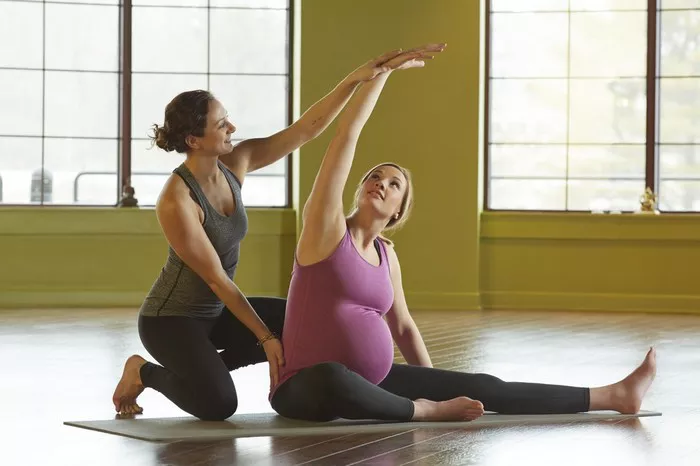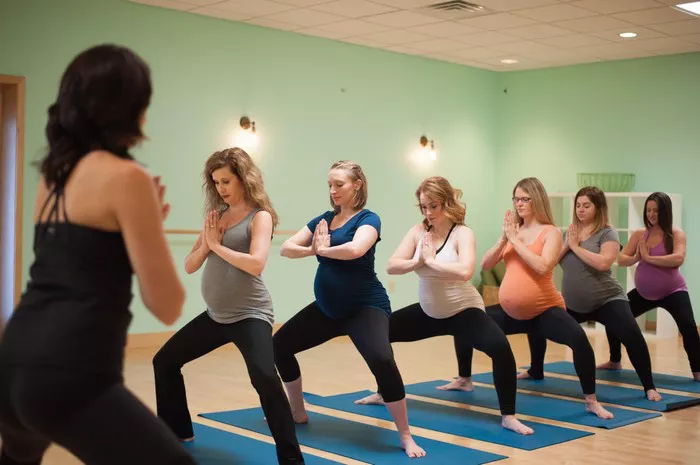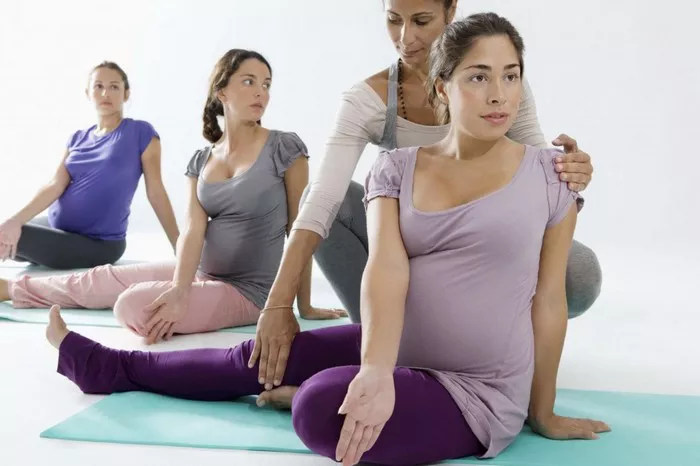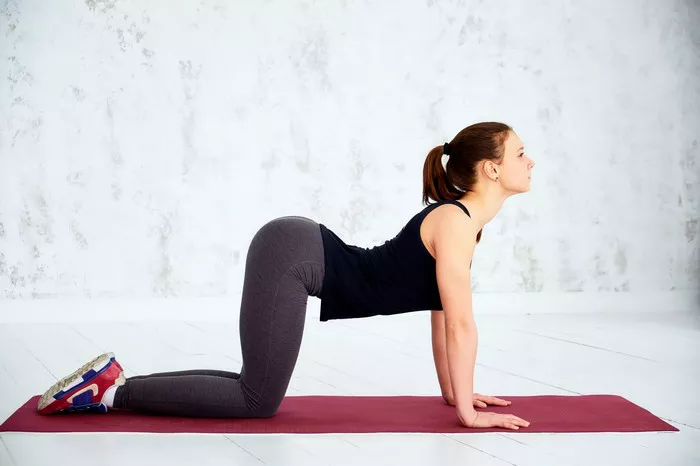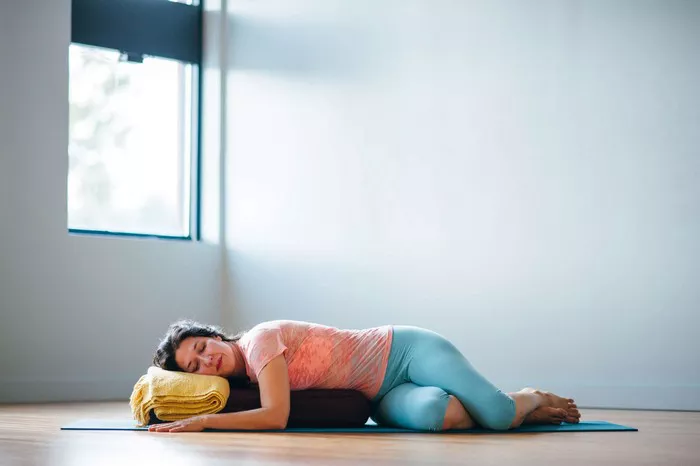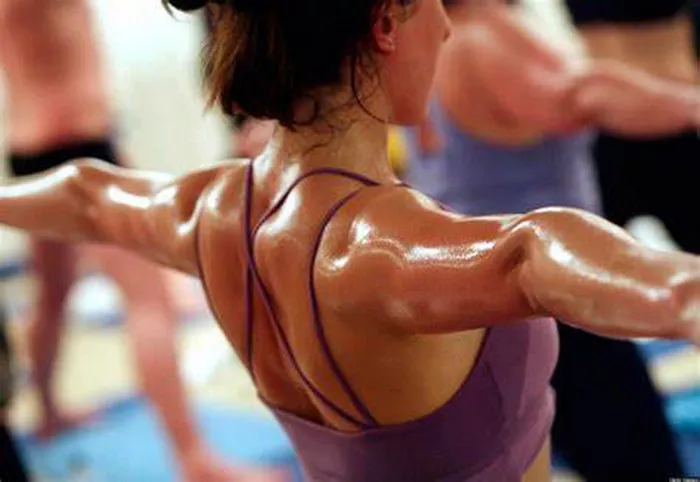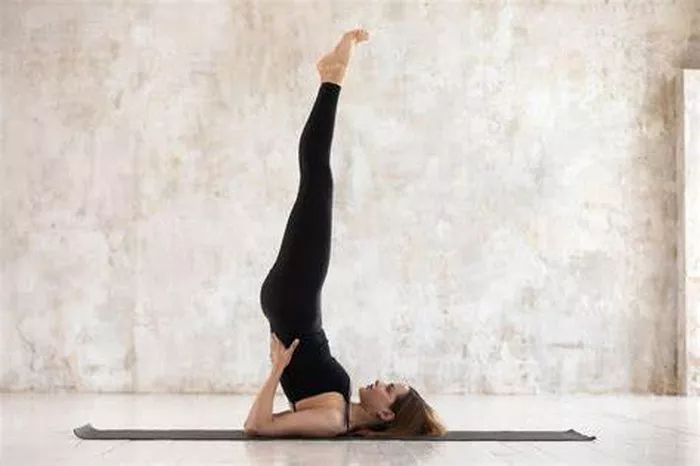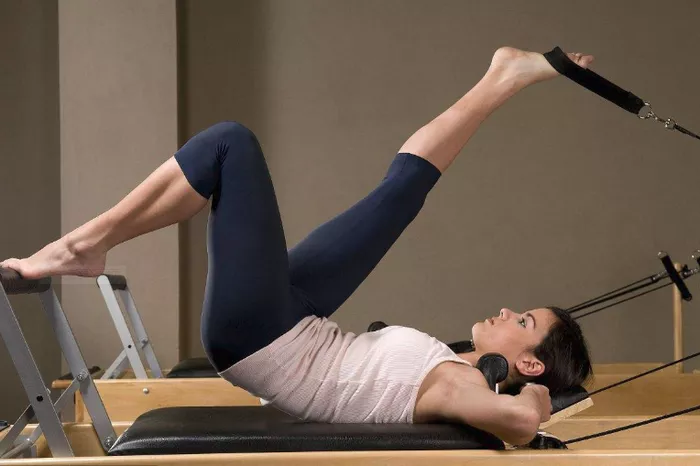Yoga is a profound practice that has been revered for centuries for its physical, mental, and spiritual benefits. Among the myriad branches of yoga, one of the most powerful and transformative is Kayakalpa Yoga. Rooted in ancient yogic traditions, Kayakalpa is a unique form of yoga that focuses on rejuvenating the body, enhancing vitality, and promoting longevity. In this article, we will explore what Kayakalpa Yoga is, its benefits, and a step-by-step guide on how to practice it.
What is Kayakalpa Yoga?
Kayakalpa Yoga is a specialized branch of yoga that deals with the science of rejuvenating the body and mind. The word “Kayakalpa” translates to “body transformation” in Sanskrit, and it aims to reverse the aging process, improve health, and restore balance to the body and mind. The practice is believed to help cleanse the body of toxins, increase energy levels, and even promote longevity.
Kayakalpa Yoga has its roots in ancient Indian traditions, particularly in the system of Raja Yoga and Tantra Yoga. While it is often associated with the practice of Kundalini and Pranayama, Kayakalpa also emphasizes the importance of diet, mental discipline, and spiritual practices to maintain physical health and extend one’s lifespan.
The practice involves specific techniques, including advanced breathing exercises, meditation, and certain asanas (yoga postures), designed to detoxify the body, balance the doshas (the three primary energies in Ayurvedic medicine), and channel the flow of life force energy (prana) throughout the body.
Benefits of Kayakalpa Yoga
Kayakalpa Yoga is not just about physical fitness—it also offers a wide range of benefits for both the mind and spirit. Here are some of the key benefits of incorporating Kayakalpa Yoga into your life:
1. Rejuvenation and Longevity
Kayakalpa Yoga is renowned for its ability to slow down the aging process and rejuvenate the body at the cellular level. The practices involved stimulate the secretion of youthful hormones, improve circulation, and strengthen the immune system, helping practitioners stay youthful longer.
2. Improved Vitality and Energy
One of the core principles of Kayakalpa Yoga is the revitalization of prana or life force energy. Through breathwork and specific yoga techniques, practitioners experience increased vitality, better physical endurance, and enhanced mental clarity.
3. Stress Relief and Mental Clarity
The combination of meditation, deep breathing, and mindfulness techniques practiced in Kayakalpa Yoga helps to reduce stress, alleviate anxiety, and promote inner peace. By balancing the mind and body, practitioners often report a greater sense of clarity, focus, and emotional stability.
4. Detoxification
Kayakalpa Yoga emphasizes detoxification through various techniques, including breath control (pranayama) and specific postures that enhance the body’s natural detox processes. This helps remove accumulated toxins and waste, promoting overall health and vitality.
5. Balance of the Doshas
In Ayurvedic medicine, there are three doshas—Vata, Pitta, and Kapha—which govern the body’s physical and mental functions. Kayakalpa Yoga aims to harmonize these doshas, leading to optimal health and well-being.
6. Heightened Spiritual Awareness
Besides its physical benefits, Kayakalpa Yoga also encourages a deeper connection to the spiritual self. The practice often includes meditation techniques that facilitate greater awareness of the inner self and lead to spiritual growth.
7. Enhanced Physical Strength and Flexibility
Like other forms of yoga, Kayakalpa incorporates asanas that promote flexibility, muscle tone, and overall physical strength. Through regular practice, practitioners can experience improved posture and physical alignment.
Key Elements of Kayakalpa Yoga
To fully understand how to practice Kayakalpa Yoga, it’s important to recognize the key components that make up the practice. These elements are crucial for ensuring that the practice is effective and transformative.
1. Pranayama (Breath Control)
In Kayakalpa Yoga, breath control is one of the most powerful tools for rejuvenation. Pranayama techniques such as Nadi Shodhana (alternate nostril breathing), Kapalbhati (skull shining breath), and Bhastrika (bellows breath) are used to purify the mind, clear the energy channels, and increase the flow of prana throughout the body. Proper breathwork also helps to calm the nervous system and balance the body’s internal rhythms.
2. Asanas (Yoga Postures)
While the primary focus of Kayakalpa Yoga is on breath control and meditation, certain asanas are essential to the practice. These asanas help to increase flexibility, stimulate the glands, and remove blockages in the body. Some key asanas used in Kayakalpa Yoga include:
- Surya Namaskar (Sun Salutation)
- Padmasana (Lotus Pose)
- Halasana (Plow Pose)
- Sirsasana (Headstand)
- Setu Bandhasana (Bridge Pose)
3. Meditation
Meditation plays a crucial role in Kayakalpa Yoga. The practice of meditation enhances mental clarity, deepens the connection with the inner self, and facilitates spiritual growth. Mantra meditation, where specific mantras are repeated silently, is often practiced to help focus the mind and calm the nervous system.
4. Diet and Lifestyle
Diet is an integral part of Kayakalpa Yoga. A balanced, nutritious, and sattvic (pure) diet is recommended to nourish the body and mind. Ayurvedic principles suggest consuming foods that are rich in antioxidants, vitamins, and minerals to support detoxification and rejuvenation. Additionally, maintaining a healthy lifestyle with adequate rest, proper hydration, and regular physical activity is essential for optimal health.
5. Mudras and Bandhas
Mudras (hand gestures) and bandhas (body locks) are often incorporated into Kayakalpa Yoga to enhance the flow of energy within the body. Specific mudras help channel energy to different parts of the body, while bandhas help seal and direct prana during meditation and breath control exercises.
How to Do Kayakalpa Yoga: A Step-by-Step Guide
Now that we’ve discussed the theory behind Kayakalpa Yoga, let’s go over a simple step-by-step guide on how to practice it. This practice can be done at home or under the guidance of an experienced instructor.
Step 1: Preparation and Setting the Intention
- Find a quiet, clean space where you can practice without distractions.
- Sit in a comfortable position, such as Sukhasana (Easy Pose) or Padmasana (Lotus Pose), with your spine straight.
- Close your eyes, take a few deep breaths, and set your intention for the practice. You may wish to focus on rejuvenating your body, enhancing your vitality, or increasing your mental clarity.
Step 2: Pranayama Practice
- Nadi Shodhana (Alternate Nostril Breathing): Begin by inhaling deeply through one nostril, closing the other with your thumb, and exhaling through the opposite nostril. Continue this practice for 5-10 minutes, alternating between both nostrils.
- Kapalbhati (Skull Shining Breath): Sit comfortably and take a deep breath in. Exhale forcefully through the nose while pulling the belly button in towards the spine. Repeat this for 1-2 minutes to cleanse the respiratory system and stimulate the digestive fire.
- Bhastrika (Bellows Breath): Sit upright, take a deep breath, and exhale forcefully. This breath should resemble the pumping of a bellows. Perform this for 1-2 minutes to energize the body and increase circulation.
Step 3: Yoga Asanas
- Perform a series of asanas to stretch and strengthen the body. Begin with Surya Namaskar (Sun Salutation) to warm up the body. Follow with a combination of asanas such as Halasana, Setu Bandhasana, and Padmasana to balance energy and detoxify the body.
- Practice each asana slowly and mindfully, holding each position for 30-60 seconds to deepen the stretch and engage your muscles.
Step 4: Meditation
- After completing your asanas, sit in a comfortable seated position and close your eyes.
- Focus on your breath or a specific mantra. You can use a mantra like “Om Namah Shivaya” or any other mantra that resonates with you.
- Meditate for 10-20 minutes, allowing your mind to settle into a state of deep awareness.
Step 5: Cool Down and Relaxation
- After meditation, lie down in Savasana (Corpse Pose) to relax and integrate the benefits of the practice.
- Focus on your breath and let go of any tension in the body. Stay in Savasana for 5-10 minutes, allowing your body and mind to rest.
Final Thoughts
Kayakalpa Yoga is a powerful and holistic practice that offers immense benefits for the body, mind, and spirit. Whether you’re looking to rejuvenate your body, improve your mental clarity, or deepen your spiritual practice, Kayakalpa Yoga can be a transformative tool. By incorporating pranayama, asanas, meditation, and a balanced lifestyle, you can experience increased vitality, longevity, and overall well-being.
Remember, Kayakalpa Yoga is a lifelong journey. With consistent practice and dedication, you can tap into the incredible potential of this ancient yoga discipline and unlock the true power of rejuvenation and vitality.
Related Topics:





